Home>Garden Essentials>What Kind Of Ground Cover Does Well Under Maple Trees
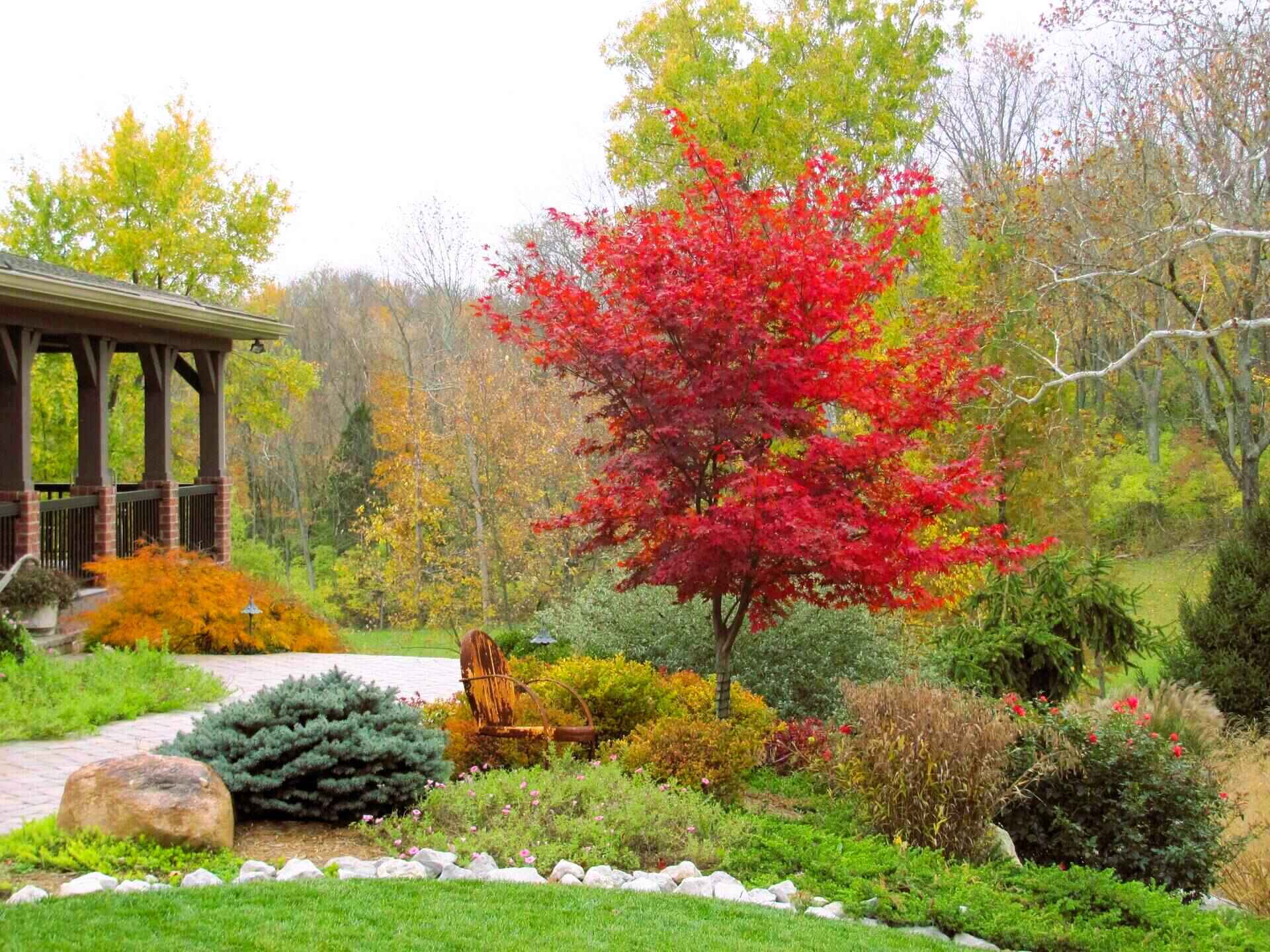

Garden Essentials
What Kind Of Ground Cover Does Well Under Maple Trees
Modified: October 21, 2024
Looking to garden under your maple trees? Discover the best ground cover options that thrive in the shade and provide a stunning landscape.
(Many of the links in this article redirect to a specific reviewed product. Your purchase of these products through affiliate links helps to generate commission for Storables.com, at no extra cost. Learn more)
Introduction
When it comes to landscaping, maple trees are often the stars of the show. Their majestic stature, vibrant foliage, and beautiful canopy can create a stunning focal point in any garden or backyard. However, the area beneath the canopy of a maple tree can present a unique challenge for gardeners. The dense shade and nutrient competition from the tree’s roots can make it difficult for other plants to thrive. This is where ground cover plants come in.
Choosing the right ground cover for your maple tree not only adds visual interest but also helps to suppress weeds, retain soil moisture, and improve the overall health of your garden. In this article, we will explore some of the best ground cover options that do well in the challenging environment under maple trees. Whether you are looking for a low-maintenance solution or a burst of color, there is a ground cover plant out there to suit your needs.
Key Takeaways:
- Transform the shaded area under your maple trees into a vibrant garden with shade-tolerant ground cover plants like hostas, pachysandra, and vinca minor. Enhance the beauty and functionality of your outdoor space with these resilient options.
- Create a lush and low-maintenance landscape under your maple trees by choosing ground cover plants that thrive in shade, withstand root competition, and add visual interest. From ferns to sweet woodruff, find the perfect solution for your garden’s unique needs.
Factors to Consider for Ground Cover Under Maple Trees
Before selecting a ground cover for the area beneath your maple trees, it is crucial to consider a few factors that can have a significant impact on the success of your plants. By understanding these factors, you can make an informed decision and choose a ground cover that will thrive in the challenging conditions.
1. Shade Tolerance: Maple trees cast a dense shade, limiting the amount of sunlight reaching the ground. Therefore, it is essential to choose shade-tolerant ground cover plants that can survive with minimal sun exposure.
2. Root Competition: Maple trees have a vast root system that can compete with surrounding plants for nutrients and water. Look for ground cover plants that can withstand this competition and have shallow root systems.
3. Moisture Requirements: Maple trees can absorb a significant amount of moisture from the soil, leaving little for other plants. Select ground cover plants that are drought-tolerant or can adapt to the moisture levels present under the tree.
4. Leaf Litter: Maple trees shed their leaves, creating a layer of leaf litter on the ground. Consider ground cover plants that can tolerate or easily blend with the leaf litter, eliminating the need for excessive maintenance.
5. Aesthetics: Although functionality is crucial, the visual appeal of your ground cover is also important. Look for plants that complement the beauty of the maple tree and enhance the overall aesthetic of your garden.
By taking these factors into account, you can narrow down your options and choose ground cover plants that are well-suited for the environment under your maple trees. Now, let’s explore some of the top ground cover options that thrive in these conditions.
Shade-Tolerant Ground Cover Options for Maple Trees
When it comes to selecting ground cover for the shaded area beneath your maple trees, there are several options that excel in these conditions. These plants are not only able to tolerate limited sunlight but can also handle the competition from maple tree roots. Let’s explore some of the best shade-tolerant ground cover options for maple trees:
- Hostas: Hostas are a popular choice for shady areas due to their large, attractive foliage. They come in a variety of colors and sizes, making it easy to find the perfect match for your garden.
- Pachysandra: Pachysandra is a low-growing evergreen ground cover that forms a dense carpet of glossy, dark green leaves. It can withstand the dry shade often found under maple trees and requires minimal maintenance.
- Vinca Minor: Also known as creeping myrtle or periwinkle, Vinca minor is a fast-spreading ground cover that thrives in shade. It produces delicate purple or white flowers in spring and is an excellent choice for filling in large areas quickly.
- Ferns: Ferns are well-suited for shady spots as they naturally grow in woodland environments. They provide a lush and vibrant look, with a variety of fern species to choose from, such as maidenhair ferns or ostrich ferns.
- Lamium Maculatum: Lamium maculatum, commonly known as deadnettle, is a versatile ground cover with variegated foliage and small, showy flowers. It spreads quickly, forming a dense mat of foliage that can withstand shade and root competition.
- Epimedium: Epimedium, also called barrenwort or bishop’s hat, is a durable and attractive ground cover option. It produces delicate flowers in spring and has heart-shaped leaves that add a charming touch to your garden.
- Sweet Woodruff: Sweet woodruff is a low-maintenance ground cover with a lovely fragrance. Its delicate white flowers and whorls of bright green leaves bring beauty to shaded areas, and it can handle the root competition from maple trees.
These shade-tolerant ground cover options offer a range of colors, textures, and growth habits, allowing you to choose the perfect combination for your garden. Remember to consider the specific growing conditions and aesthetic preferences when making your selection. In the next section, we will explore some tips for planting and maintaining ground cover under maple trees to ensure their long-term success.
Hostas
Hostas are a popular choice for ground cover in shady areas, including under maple trees. These plants are known for their large, attractive foliage and come in a wide variety of colors, shapes, and sizes. Hostas are easy to grow and provide a lush and vibrant look to your garden.
When choosing hostas for your maple tree area, consider the specific growing conditions of the site. Some hosta varieties are more tolerant of dry shade, while others prefer a bit more moisture. Choose the appropriate variety based on the moisture levels under your maple tree.
Hostas have a shallow root system that makes them well-suited for growing underneath trees. However, you should be cautious when planting them near the base of the tree to avoid damaging the tree’s roots. Provide enough space between the hostas and the tree trunk to allow both plants to thrive.
For optimal growth, hostas require consistently moist soil. As the tree’s roots can compete for moisture, it is essential to water your hostas regularly, especially during dry periods. Mulching around the plants can help retain moisture and suppress weed growth.
Hostas are relatively low-maintenance plants, but they can benefit from some care. Remove any fallen leaves or debris from the foliage to prevent disease and improve air circulation. In the spring, divide overcrowded hostas to maintain their vigor and promote healthy growth.
One challenge you may encounter with hostas is slug damage. Slugs are often attracted to the lush foliage of hostas and can leave behind unsightly holes. To deter slugs, you can sprinkle diatomaceous earth or use natural slug repellents around the plants.
Overall, hostas are a versatile and beautiful ground cover option for the shaded area under maple trees. With their varied foliage and easy care requirements, they can add a touch of elegance to any garden.
Pachysandra
Pachysandra is a popular choice for ground cover in shaded areas, making it an excellent option for planting under maple trees. It is a low-growing evergreen plant that forms a dense carpet of glossy, dark green leaves.
One of the advantages of using pachysandra as ground cover is its ability to tolerate dry shade, which is often found under the canopy of maple trees. It can withstand the competition from tree roots and thrive in these challenging conditions.
Pachysandra is a low-maintenance plant, requiring minimal care once established. It is relatively drought-tolerant and can adapt to various moisture levels. However, ensuring adequate watering during dry periods will help keep the plants looking their best.
When planting pachysandra under maple trees, prepare the soil by loosening it and removing any weeds or debris. Dig small holes to accommodate the pachysandra plants and space them appropriately, allowing room for them to spread and fill in the area.
Once planted, it is essential to provide a layer of mulch around the pachysandra plants. Mulching helps retain moisture, suppresses weed growth, and maintains a more consistent soil temperature.
While pachysandra is generally considered a low-maintenance ground cover, occasional maintenance tasks may be necessary. Remove any fallen leaves or debris from the foliage to keep the plants looking neat and to prevent disease or pest issues.
Another advantage of pachysandra is its ability to control erosion. The dense mat of foliage helps stabilize the soil, making it an effective ground cover option for slopes or areas prone to erosion.
Overall, pachysandra is a reliable and attractive ground cover option for shaded areas under maple trees. Its ability to tolerate dry shade, low maintenance requirements, and erosion control capabilities make it an excellent choice for adding beauty and functionality to your garden.
Read more: What To Plant For Ground Cover Under Trees
Vinca Minor
Vinca minor, commonly known as creeping myrtle or periwinkle, is a fast-spreading ground cover that thrives in shady areas, including under maple trees. It is an excellent choice for filling in large areas quickly and providing a dense carpet of foliage.
One of the key advantages of Vinca minor is its ability to tolerate dry shade. It can handle the limited sunlight that filters through the maple tree’s canopy and can compete with the tree roots for nutrients and moisture.
Vinca minor produces small, attractive periwinkle-blue or white flowers in spring, adding a splash of color to your garden. These blooms are not only visually appealing but also attract pollinators, making them a beneficial addition to your landscape.
When planting Vinca minor under maple trees, prepare the soil by removing any weeds, rocks, or debris. Loosen the soil and mix in some organic matter to provide a fertile growing environment for the plants.
Start by spacing the Vinca minor plants about 8-12 inches apart, allowing room for them to spread and fill in the area. Water the plants thoroughly after planting to help them establish their roots. Once established, Vinca minor is relatively drought-tolerant but will benefit from occasional watering during dry spells.
It is important to note that Vinca minor can be an aggressive spreader, so regular maintenance is necessary to prevent it from spreading into unwanted areas. Trim back any overgrown or unruly branches to maintain the desired shape and keep the plants in check.
Another advantage of Vinca minor is its ability to control erosion. The dense mat of foliage acts as a natural ground cover, helping to stabilize the soil and prevent soil erosion on slopes or in areas prone to erosion.
Overall, Vinca minor is an excellent choice for ground cover under maple trees. Its ability to tolerate dry shade, fast spread, attractive flowers, and erosion control capabilities make it a versatile and beautiful addition to any garden.
Consider planting ground covers that can tolerate the shade and compete with the shallow roots of maple trees, such as hostas, ferns, or wild ginger. These plants will thrive in the low light conditions and help prevent erosion.
Ferns
Ferns are a fantastic option for ground cover in shaded areas, including under maple trees. They are well-suited to the woodland environment and can add a lush and vibrant look to your garden.
There are various fern species to choose from, each with its unique shape, texture, and size. Maidenhair ferns, ostrich ferns, and lady ferns are popular choices for ground cover under maple trees.
One of the main advantages of ferns is their natural ability to thrive in shady spots. They have adapted to low light conditions and can tolerate the limited sunlight that reaches the ground under the maple tree’s canopy.
Ferns have delicate, feathery fronds that create an elegant and graceful appearance. These fronds unfurl in spring, adding a captivating display of greens and creating a beautiful contrast to the maple tree’s foliage.
When planting ferns under maple trees, prepare the soil by loosening it and removing any weeds or debris. Add organic matter to improve moisture retention and soil fertility.
Dig a hole for each fern plant, ensuring that it is deep enough for the plant’s root ball. Space the ferns adequately to allow for growth and expansion. Some ferns spread or clump, so consider their mature size when determining the spacing.
After planting, water the ferns thoroughly to help them establish their roots. Ferns require consistent moisture to thrive, so ensure that the soil remains consistently damp but not waterlogged.
In terms of maintenance, ferns are relatively low-maintenance plants. Remove any dead or yellowing fronds to keep the plants looking neat and tidy. Mulching around the ferns can help retain moisture and suppress weed growth.
Overall, ferns are a beautiful and natural choice for ground cover under maple trees. Their ability to tolerate shade, elegant appearance, and low-maintenance nature make them a perfect addition to any shaded garden or landscape.
Lamium Maculatum
Lamium Maculatum, commonly known as deadnettle, is a versatile and attractive ground cover option for shaded areas, including underneath maple trees. Its variegated foliage and small, showy flowers make it a visually appealing addition to any garden.
Deadnettle is well-suited to the challenging conditions found under the canopy of maple trees. It can tolerate both dry shade and root competition, making it a resilient choice for ground cover.
One of the notable features of Lamium Maculatum is its ability to spread quickly, forming a dense mat of foliage. This characteristic makes it an excellent option for filling in large areas and suppressing weed growth.
Lamium Maculatum produces delicate flowers in shades of pink, white, or purple, depending on the cultivar. These flowers not only add a pop of color to your garden but also attract pollinators, making them beneficial for the overall ecosystem.
When planting Lamium Maculatum under maple trees, prepare the soil by removing weeds and debris. Loosen the soil and add organic matter to improve its fertility and moisture-holding capacity.
Space the plants according to their recommended spacing to allow room for growth and expansion. Water them thoroughly after planting to ensure proper establishment.
Lamium Maculatum is a relatively low-maintenance ground cover; however, some occasional care can contribute to its overall health and appearance. Remove any dead or yellowing foliage to keep the plants looking tidy and prevent disease or pest issues.
Applying a layer of mulch around the Lamium Maculatum plants can help retain moisture and suppress weed growth. Additionally, it can enhance the visual appeal of the ground cover, providing a neat and uniform appearance.
If the Lamium Maculatum plants begin to spread too vigorously or invade other areas, you can trim them back to control their spread and maintain the desired shape.
Overall, Lamium Maculatum is an excellent choice for ground cover under maple trees. Its resilience, fast-spreading nature, attractive flowers, and low-maintenance requirements make it a beautiful and practical addition to any shaded garden.
Epimedium
Epimedium, also known as barrenwort or bishop’s hat, is a durable and attractive ground cover option for shaded areas, including underneath maple trees. It offers a unique blend of delicate flowers and heart-shaped leaves, adding charm and beauty to your garden.
Epimedium is well-adapted to grow in the challenging conditions present under the shade of maple trees. It can tolerate dry shade and root competition, making it an excellent choice for ground cover in these areas.
One of the standout features of Epimedium is its delicate flowers, which bloom in the spring. These flowers come in various colors such as white, pink, yellow, or purple, depending on the species and cultivar. They create a stunning display and attract pollinators to your garden.
Epimedium leaves are another appealing aspect. They are typically dark green or bronze and have a distinctive heart shape, lending a unique and eye-catching texture to the ground cover.
When planting Epimedium under maple trees, prepare the soil by removing any weeds, rocks, or debris. Loosen the soil and incorporate organic matter to enhance its fertility and drainage.
Space the Epimedium plants according to their recommended spacing, allowing sufficient room for them to spread and fill in the area. Water the plants thoroughly after planting to help them establish their roots.
Once established, Epimedium is relatively low-maintenance. It is drought-tolerant and requires minimal watering. However, providing supplemental watering during prolonged dry periods will ensure the best growth and performance.
Epimedium benefits from a layer of organic mulch around the plants. Mulching not only helps retain moisture but also suppresses weed growth and provides insulation for the roots during extreme temperatures.
Remove any dead or yellowing leaves from the Epimedium plants to maintain their appearance and overall health. In the early spring, you can trim back the old foliage to allow new growth to emerge.
Overall, Epimedium is a beautiful and resilient ground cover option for shaded areas under maple trees. Its delicate flowers, heart-shaped leaves, adaptability to challenging conditions, and low-maintenance nature make it a wonderful addition to any garden.
Read more: What Ground Cover Grows Under Pine Trees
Sweet Woodruff
Sweet Woodruff is a delightful ground cover option for shaded areas, including underneath maple trees. Its fragrant white flowers and whorls of bright green leaves bring beauty and a touch of elegance to any garden.
Sweet Woodruff is well-suited to the challenging conditions found under the canopy of maple trees. It can tolerate dry shade and root competition, making it an excellent choice for ground cover in these areas.
One of the standout features of Sweet Woodruff is its unique fragrance. When the leaves are crushed or broken, they release a sweet, pleasant scent, adding an extra sensory element to your garden.
Sweet Woodruff spreads gently but not aggressively, forming a dense carpet of foliage. This quality makes it an excellent option for filling in large areas while maintaining a neat and uniform appearance.
When planting Sweet Woodruff under maple trees, prepare the soil by removing any weeds, rocks, or debris. Loosen the soil and add organic matter to improve its fertility and moisture retention.
Space the plants according to their recommended spacing, allowing room for them to spread and fill in the area. Water them thoroughly after planting to aid in their establishment.
Sweet Woodruff is a relatively low-maintenance ground cover. It does well with minimal water requirements, although it appreciates consistent moisture in dry periods.
A layer of mulch around the Sweet Woodruff plants will help retain moisture and suppress weed growth. Additionally, the mulch will provide insulation for the roots during extreme temperatures.
To maintain the appearance and health of the Sweet Woodruff, remove any dead or yellowing leaves. Periodically check the area around the plants for any invasive growth and remove any unwanted spread.
One advantage of Sweet Woodruff is its ability to deter pests, particularly deer and rabbits. The fragrance of the plant can act as a natural repellent, making it a great choice for deer-prone areas.
Overall, Sweet Woodruff is a delightful and practical ground cover option for shaded areas under maple trees. Its fragrant flowers, attractive foliage, adaptability to shade, low-maintenance requirements, and pest-deterrent qualities make it a wonderful addition to any garden.
Tips for Planting and Maintaining Ground Cover Under Maple Trees
Planting and maintaining ground cover under maple trees requires some special considerations to ensure the success and longevity of your plants. Here are some tips to help you get started:
- Choose the right ground cover: Select ground cover plants that are known to tolerate shade, dry shade, and root competition. Consider their growth habits, foliage color, and maintenance requirements to find the best match for your garden.
- Prepare the soil: Before planting, prepare the soil by removing weeds, rocks, and debris. Loosen the soil to allow for better root penetration and incorporate organic matter to improve fertility and moisture retention.
- Space the plants appropriately: Follow the recommended spacing guidelines for your chosen ground cover plants. Allow enough room for them to spread and fill in the area, but avoid overcrowding, which can lead to poor air circulation and increased disease susceptibility.
- Water regularly: While maple trees can absorb a significant amount of moisture from the soil, it is crucial to provide regular water to your ground cover plants, especially during dry periods. Monitor the moisture levels and adjust watering accordingly.
- Mulch the area: Apply a layer of organic mulch around the ground cover plants to help retain moisture, suppress weed growth, and regulate soil temperature. Leave some space around the base of the plants to prevent excess moisture accumulation and potential rotting.
- Remove fallen leaves and debris: Regularly remove fallen leaves and debris from the ground cover plants. This will help maintain their appearance, improve air circulation, and reduce the risk of diseases or pests.
- Monitor and control spreading: Some ground cover plants, such as Vinca minor or Lamium maculatum, have a tendency to spread vigorously. Monitor their growth and trim or divide the plants as needed to maintain the desired shape and prevent invasive spread.
- Protect from wildlife: If deer or rabbits are common in your area, choose ground cover plants that are known to be deer or rabbit-resistant. Additionally, consider using natural repellents or fencing to protect the plants from browsing wildlife.
- Regular maintenance: Periodically assess the health and appearance of your ground cover plants. Trim back any overgrown or unruly branches, remove any dead or yellowing foliage, and address any signs of pests or diseases promptly.
By following these tips, you can create a thriving and beautiful ground cover under your maple trees. Remember to adapt your maintenance routine based on the specific needs of your chosen plants and the conditions in your garden. With patience and care, your ground cover will flourish, providing a gorgeous and functional addition to your outdoor space.
Conclusion
Choosing the right ground cover for the shaded area beneath your maple trees can bring beauty, functionality, and resilience to your garden. The dense shade and root competition can make it challenging for plants to thrive, but with the right selection and proper care, you can create a flourishing ground cover that enhances the overall aesthetic of your outdoor space.
Factors such as shade tolerance, root competition, moisture requirements, leaf litter, and aesthetics should be considered when selecting the appropriate ground cover for your maple tree area. Each option, from hostas to pachysandra, vinca minor to ferns, lamium maculatum to epimedium, and sweet woodruff, offers unique features and benefits that can complement the natural beauty of your maple trees.
Remember to prepare the soil, provide proper spacing, water regularly, apply mulch, and maintain the ground cover by removing debris and trimming as necessary. These steps will contribute to the health and longevity of your ground cover plants, ensuring they thrive in the shade of your maple trees.
Incorporating ground cover not only adds visual interest and beauty to your garden but also helps suppress weeds, retain soil moisture, stabilize the soil, and create a more sustainable and low-maintenance landscape under your maple trees.
With a thoughtful selection of shade-tolerant ground cover plants and proper care, you can transform the challenging environment under your maple trees into a lush and vibrant area. Make the most of this shaded space by exploring the variety of ground cover options available and create a garden that is both visually stunning and functional.
So, roll up your sleeves, embrace creativity, and turn the shaded ground under your maple trees into a thriving, green carpet that will bring joy and enchantment to your garden for years to come.
Frequently Asked Questions about What Kind Of Ground Cover Does Well Under Maple Trees
Was this page helpful?
At Storables.com, we guarantee accurate and reliable information. Our content, validated by Expert Board Contributors, is crafted following stringent Editorial Policies. We're committed to providing you with well-researched, expert-backed insights for all your informational needs.
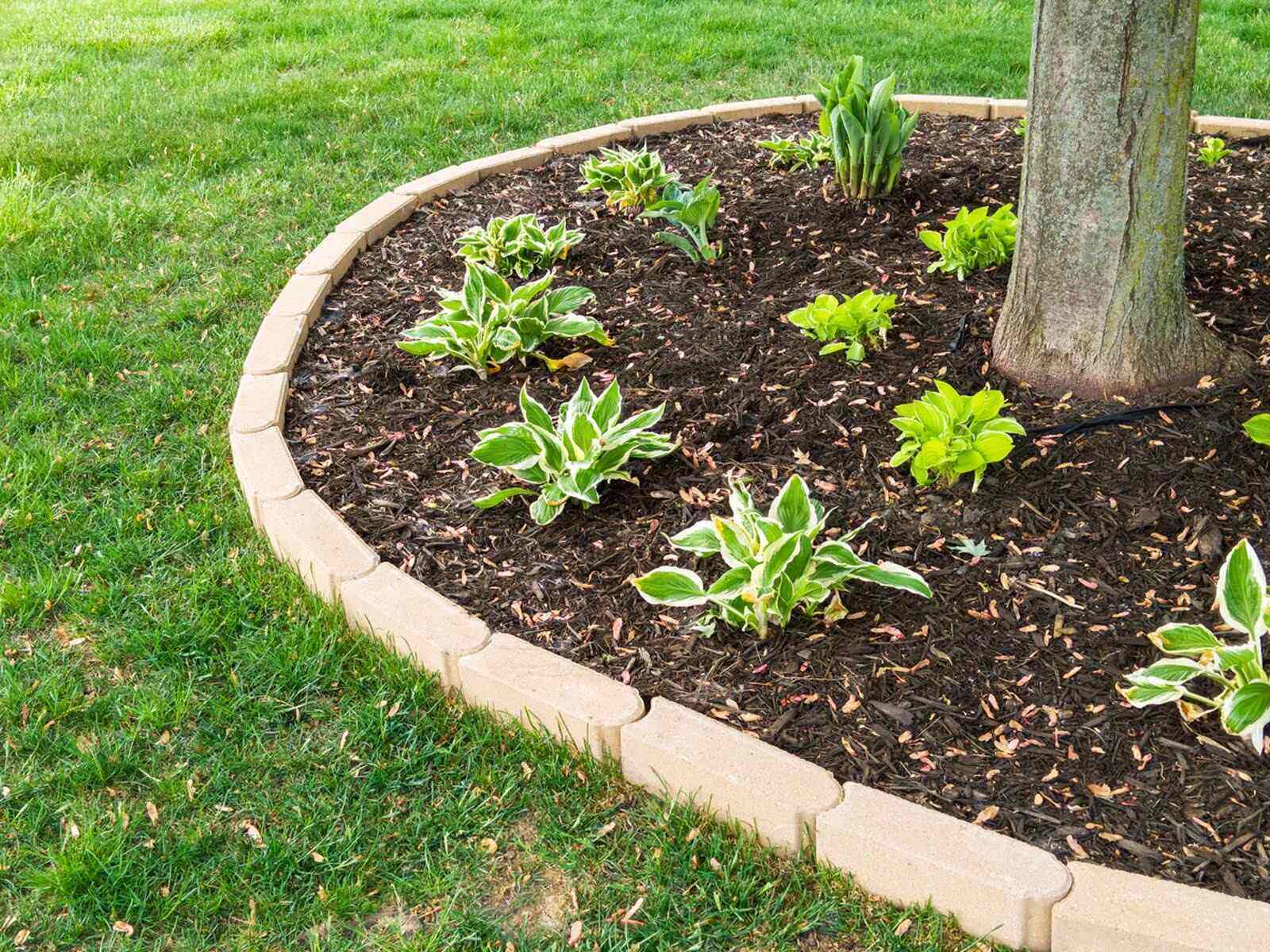
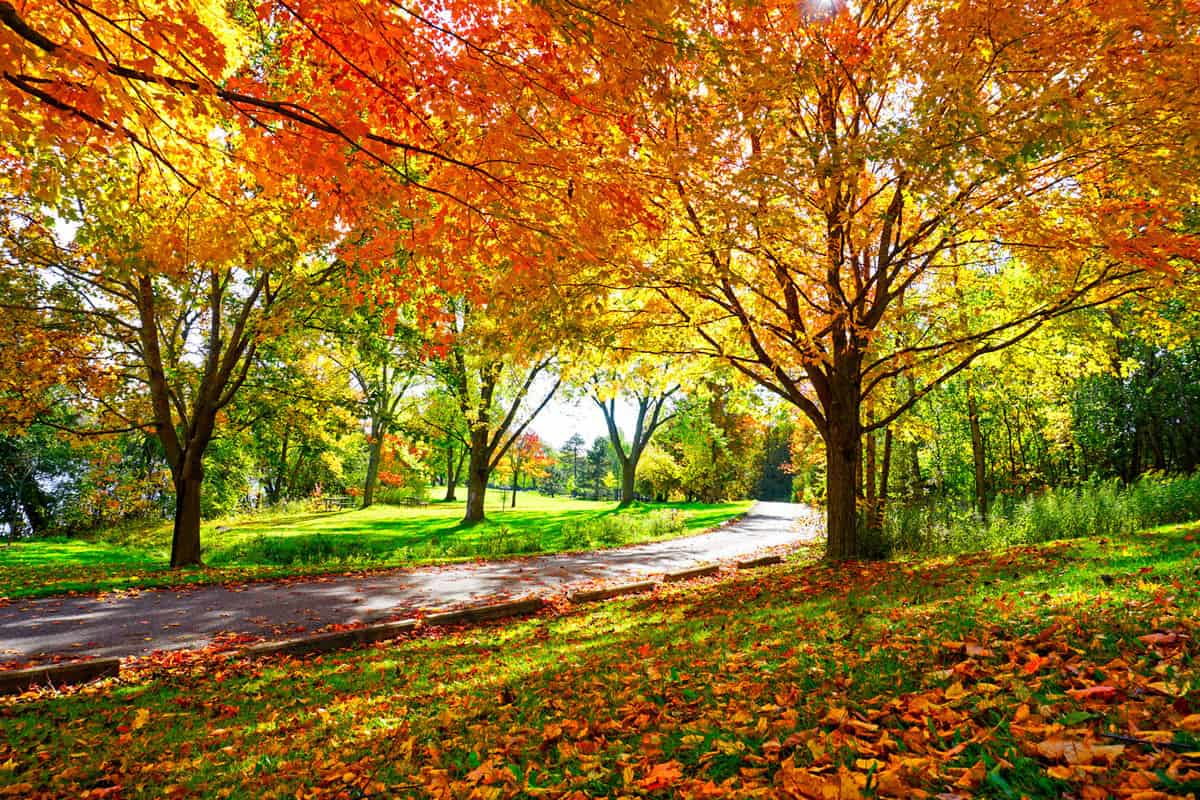
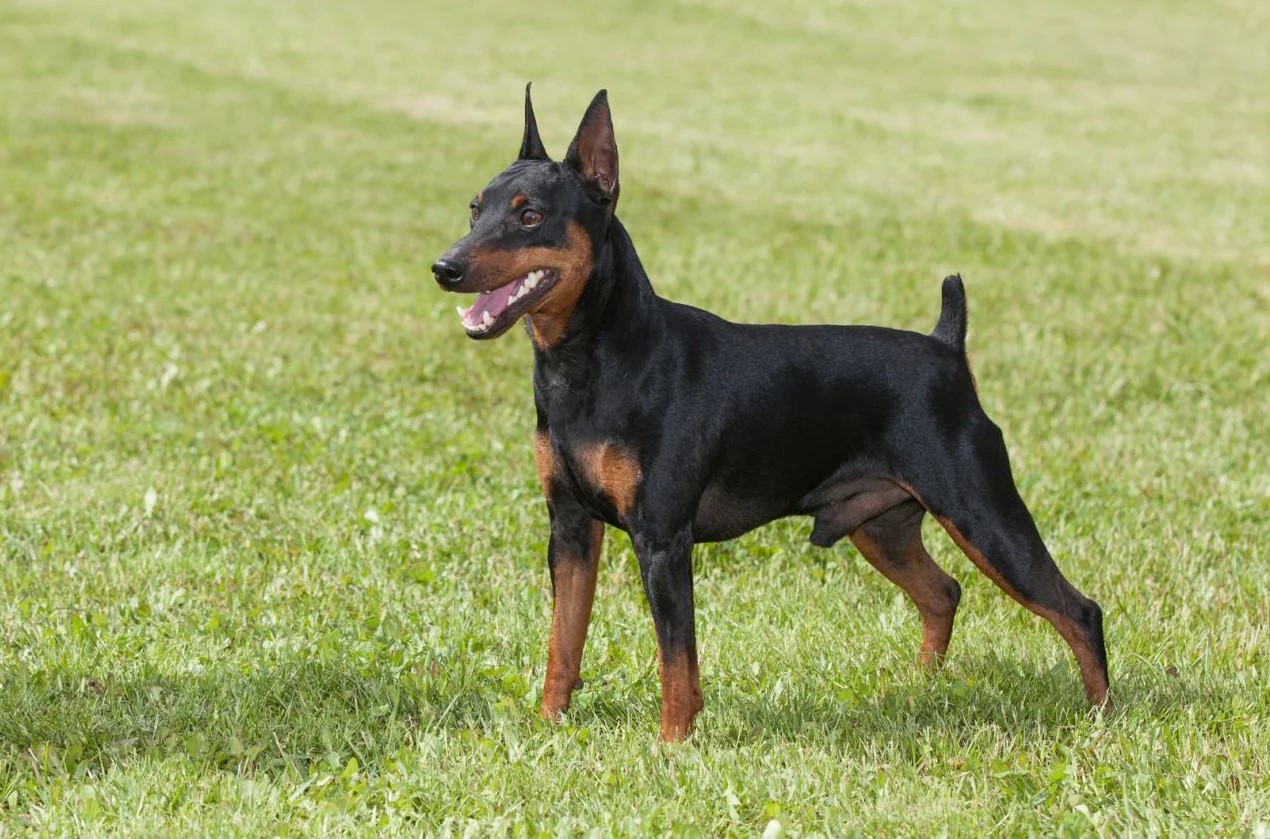
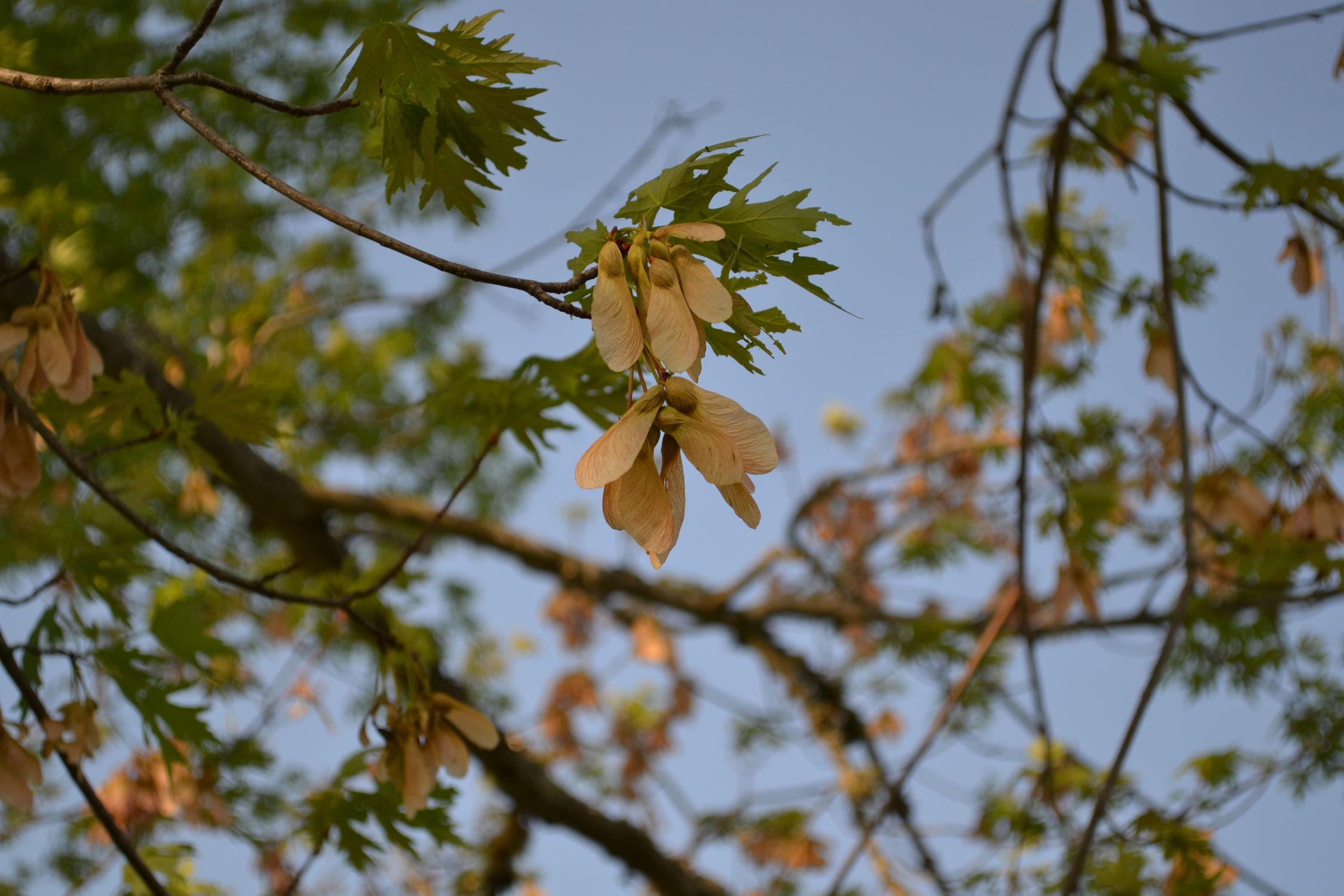

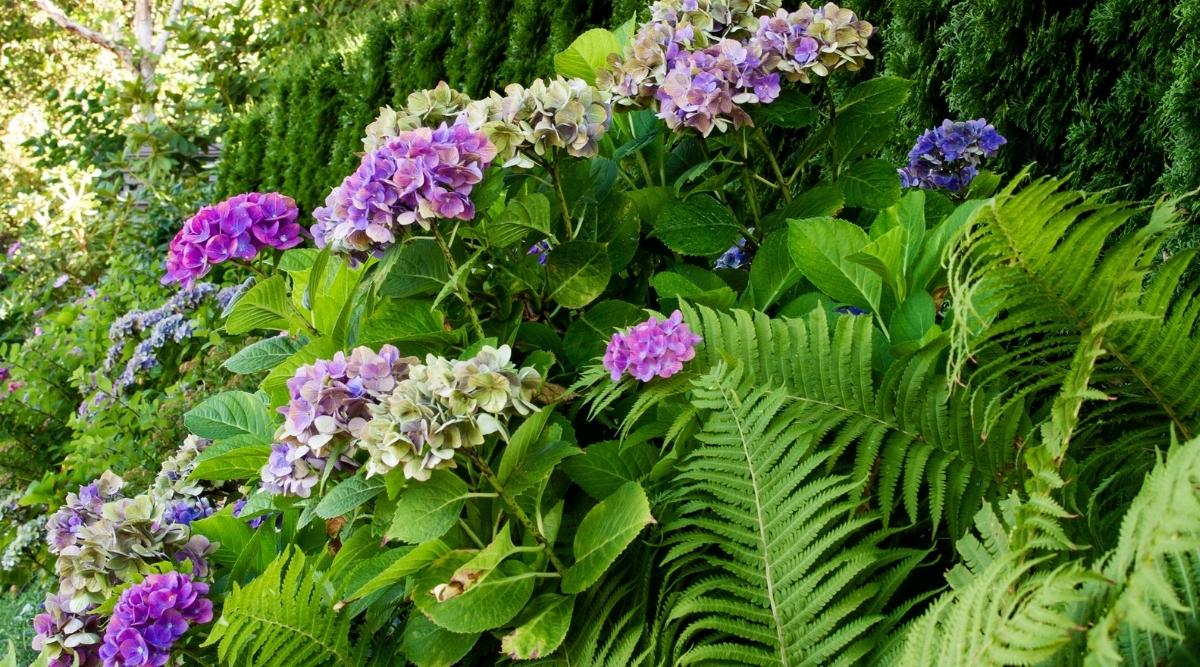
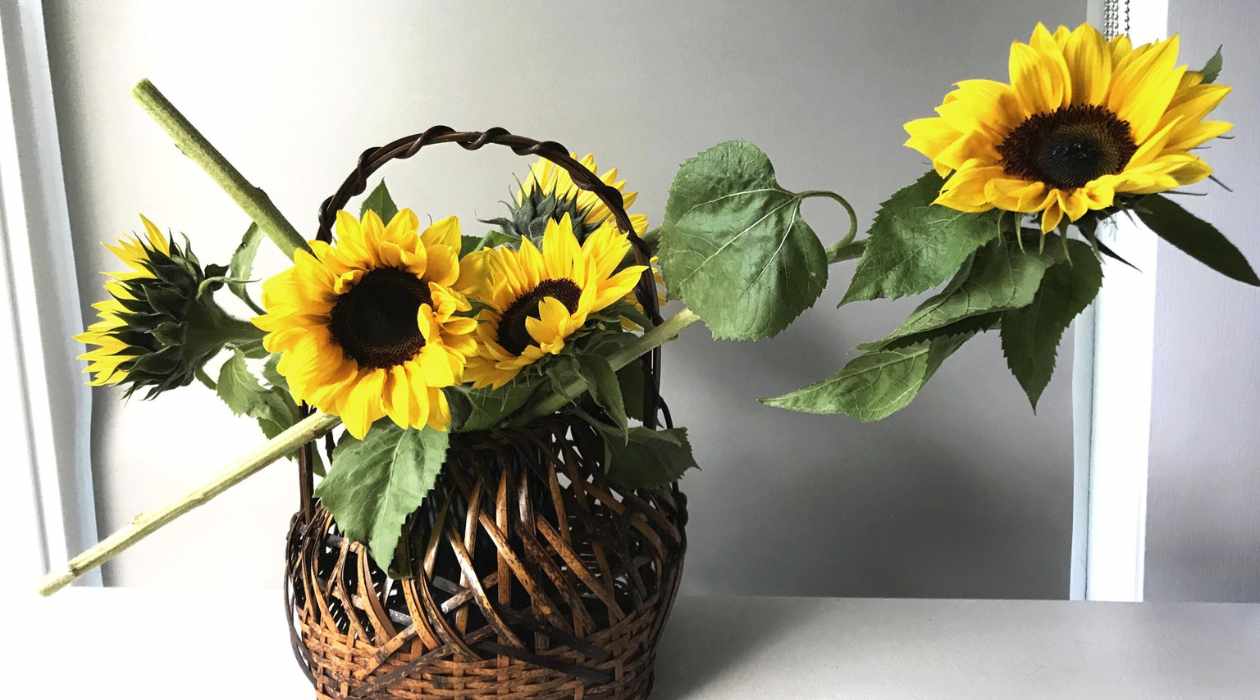
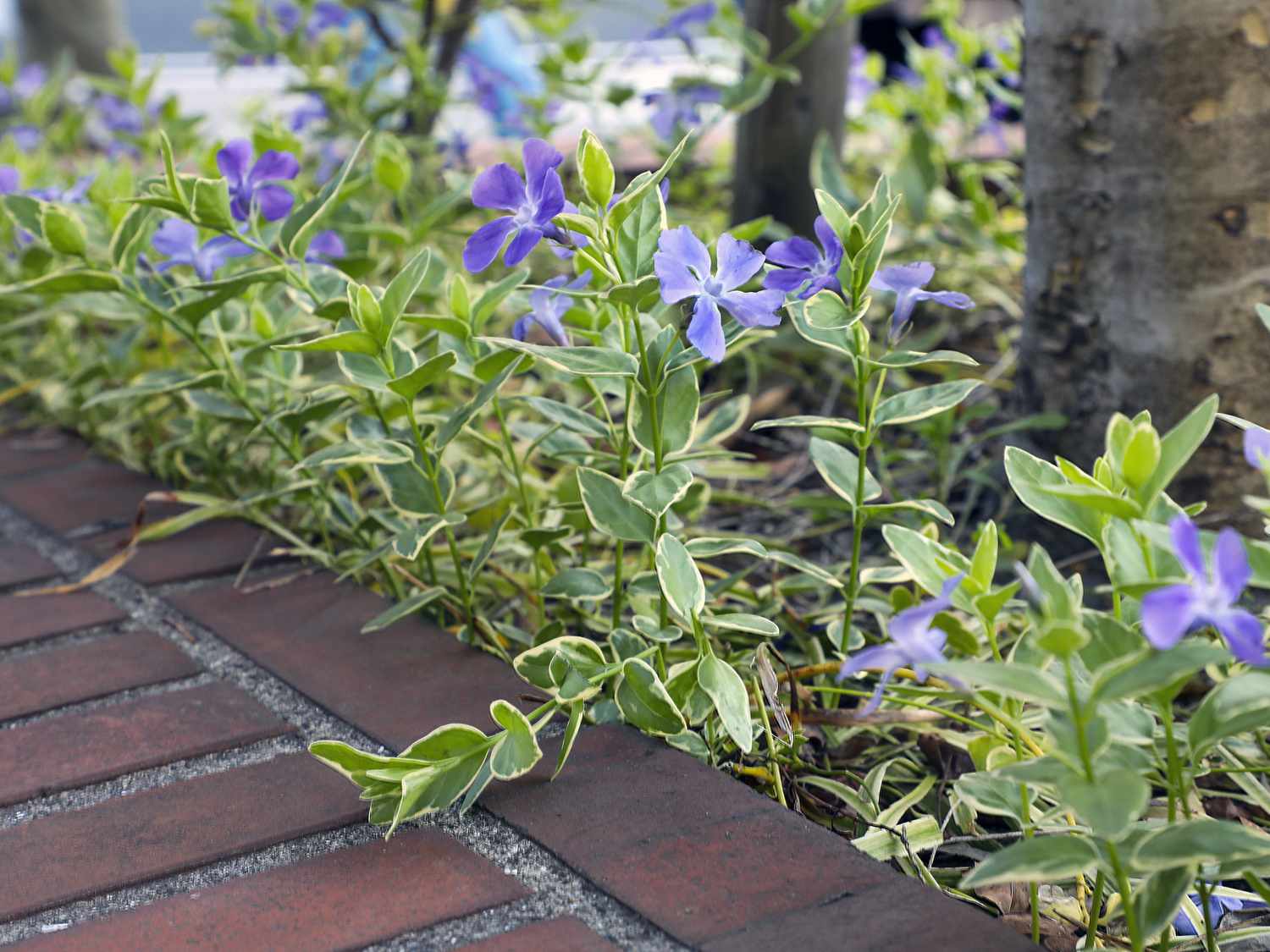
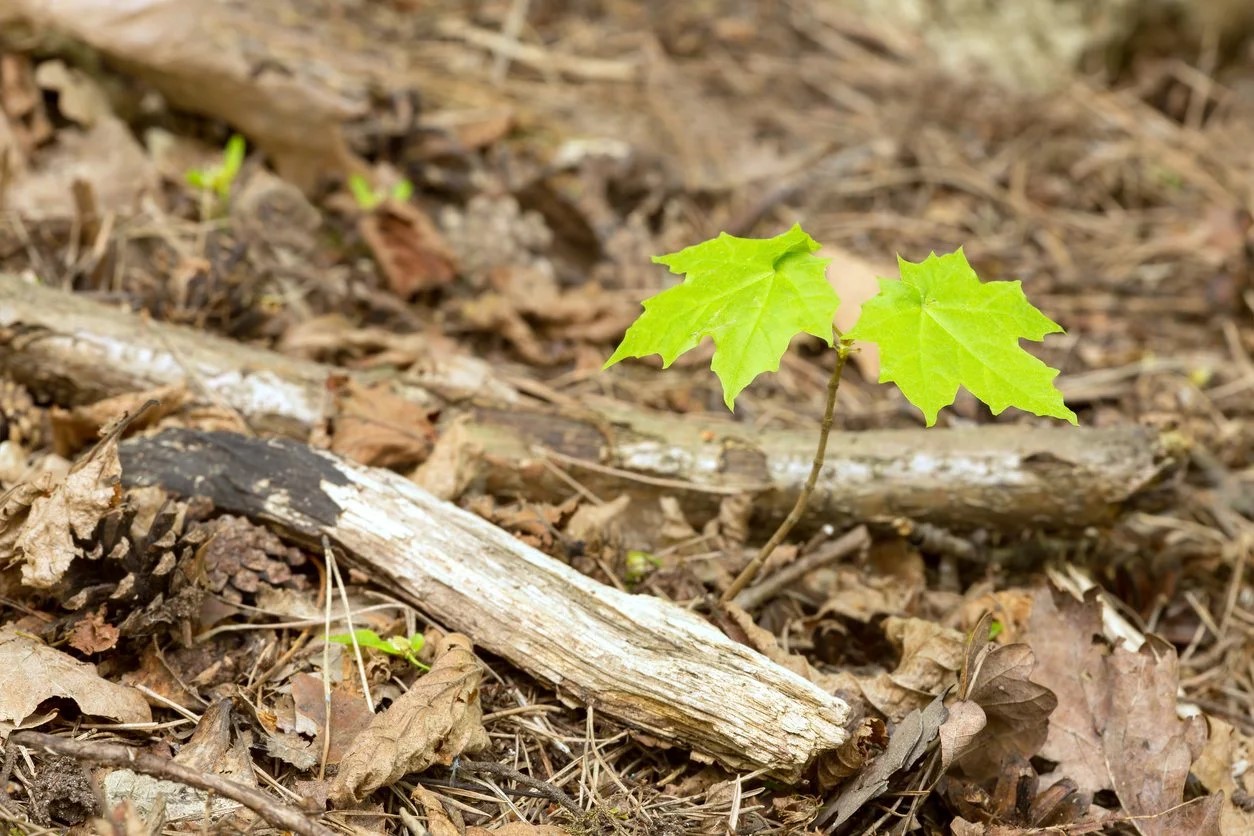
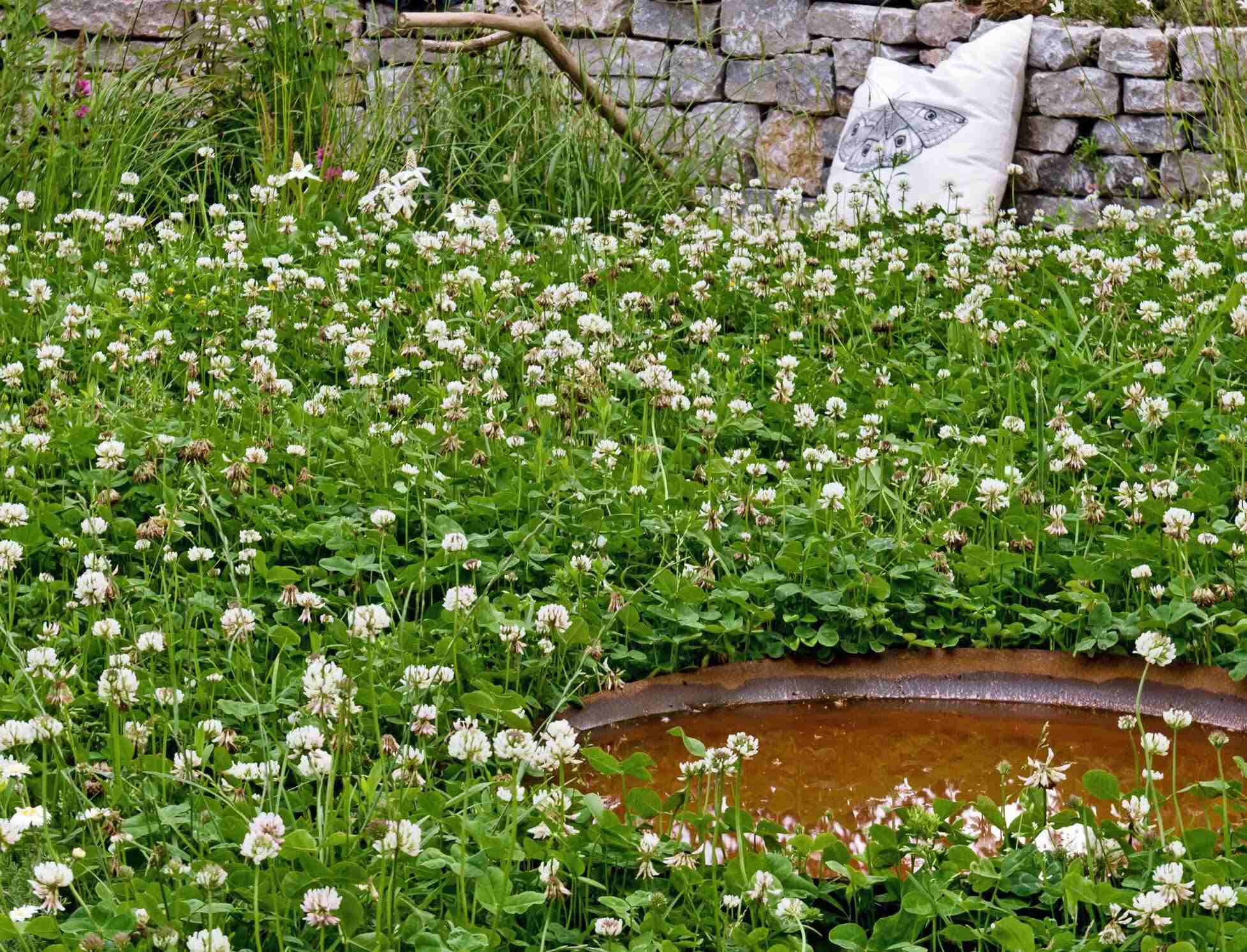
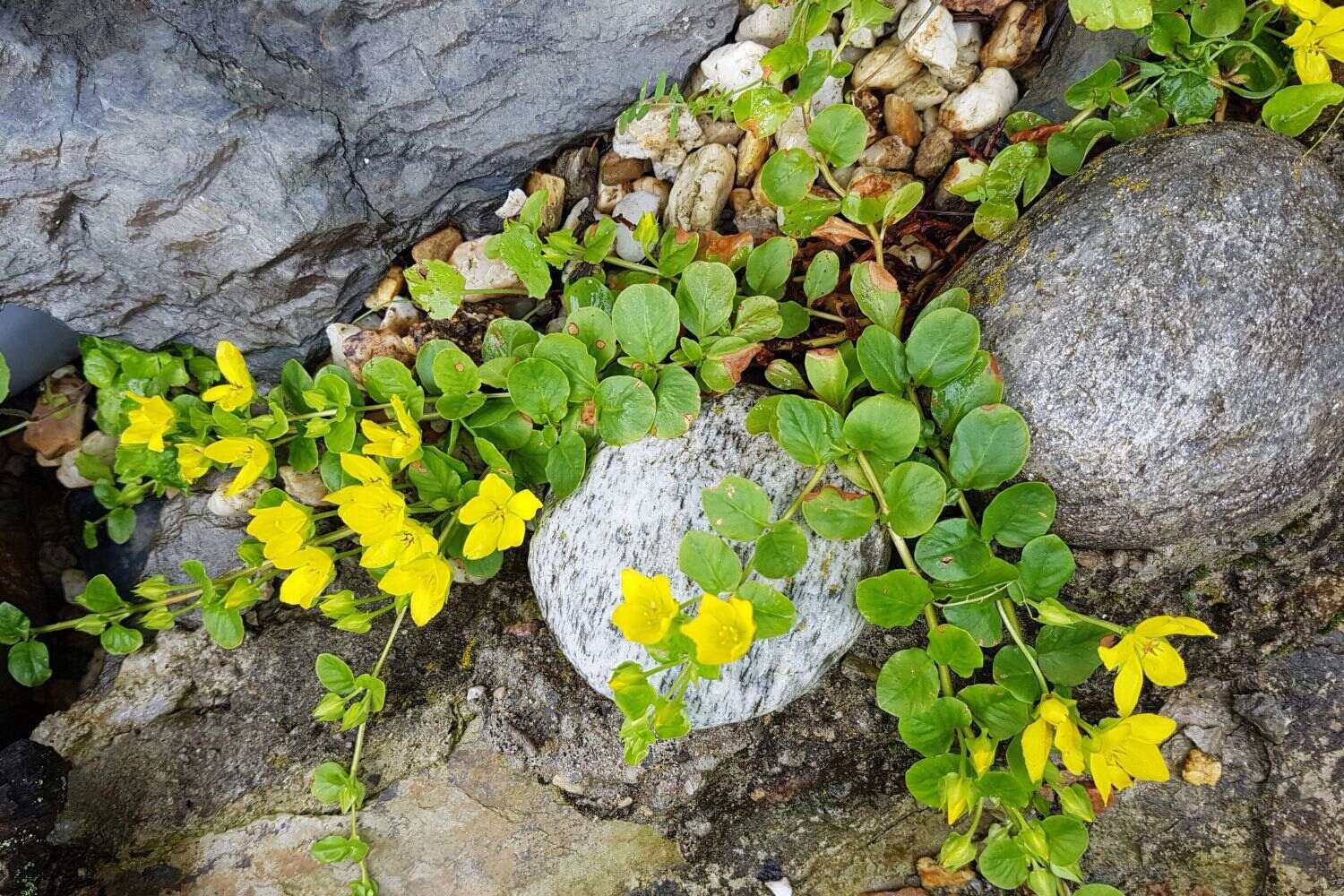

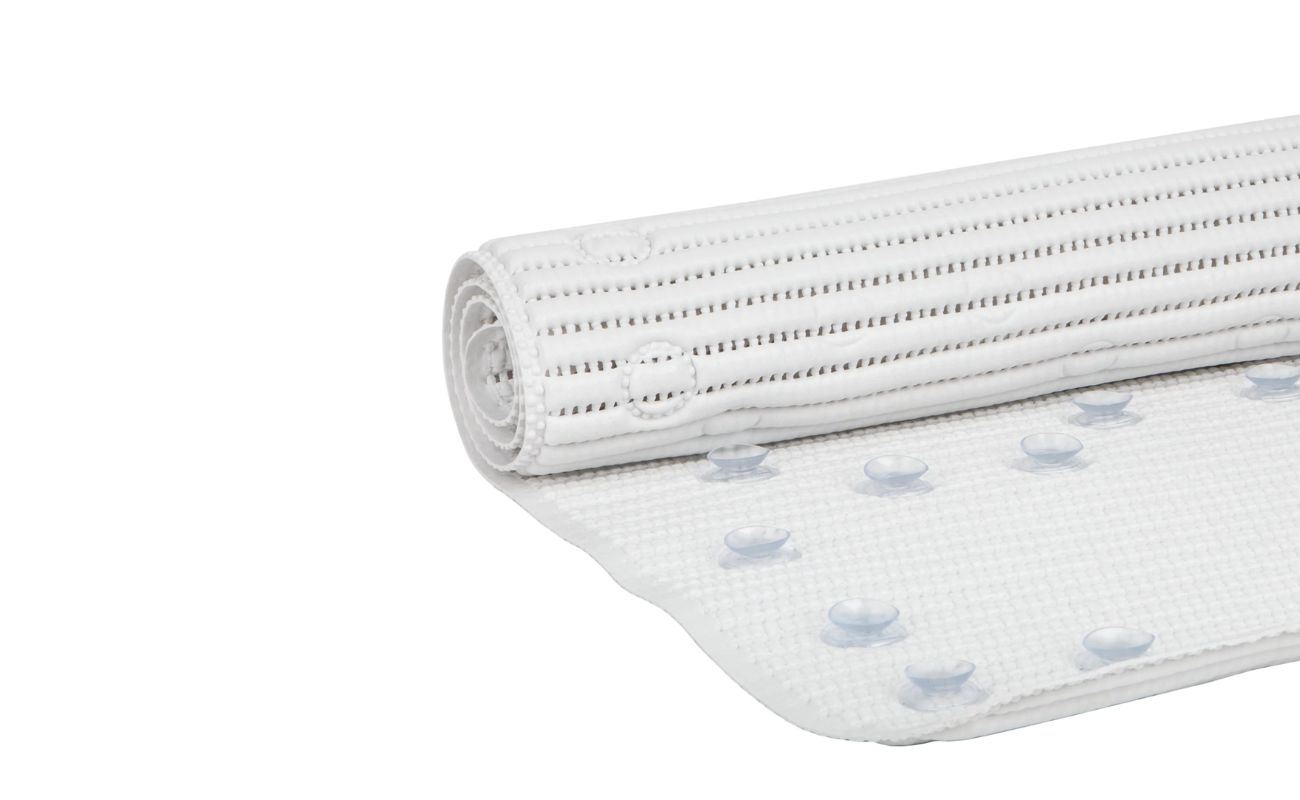

0 thoughts on “What Kind Of Ground Cover Does Well Under Maple Trees”